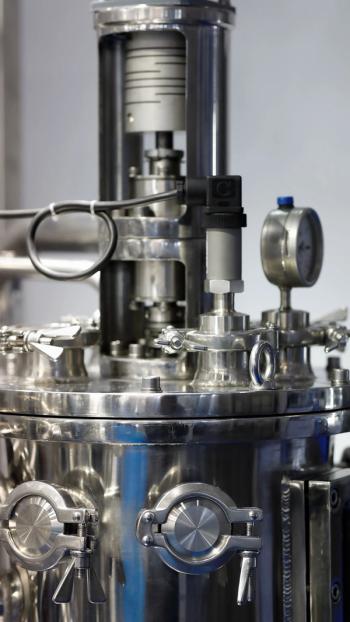
- Pharmaceutical Technology-04-02-2021
- Volume 45
- Issue 4
Comparing Methods for Determining Out-of-Trend Stability Test Results
This article describes in detail how simulation was used to compare the statistical techniques used to determine out-of-trend (OOT), which is crucial to avoiding out-of-specification (OOS) events for drug substances and products.
Peer-Reviewed
Submitted: Aug. 25, 2020. Accepted: Sept. 8, 2020
Abstract
Trending stability data to identify out-of-trend (OOT) results is a critical part of avoiding out-of-specification (OOS) events for drug substances and products. Analytical OOT is usually caused by an invalid analytical measurement, while process control OOT is typically due to some production- related event. To date, there is still no regulatory guidance on which statistical techniques are best to use for identifying OOT conditions.
Methods such as regression control chart (RegCC), by time tolerance interval (ByTimeTI), slope-by-lot Control Chart (SlopeCC), prediction interval (PI), and Z-score have been described in the literature. However, there had been no systematic evaluation of the effectiveness of each of these methods.
The author has used simulation to compare these methods under varying scenarios of sample size, relative lot-to-lot and within-lot variation, and extent of analytical or process control OOT. Results verified that PI, Z-score, and RegCC were related methods with some slight variation in how each one worked. ByTimeTI was the least effective in detecting either types of OOT. SlopeCC was effective in detecting process control OOT, but, overall, RegCC performed the best at detecting both analytical and process control OOT, although its false alarm rates (Type I error) slightly exceeded 5%. In addition, the method is relatively simple to use, and can be implemented by quality control staffers who have not had in-depth statistical training, or who cannot confer with a statistician.
About the authors
Richard Montes, rmontes@alnylam.com, director of CMC Statistics, Process, and Analytical Sciences at Alnylam Pharmaceuticals, Cambridge, MA, has more than 20 years of experience in the bio/pharmaceutical industry. He received his PhD in Chemical Engineering (ChE) from the Georgia Institute of Technology, his MSChE from Texas Tech University, and his BSChE from St. Louis University.
Article details
Pharmaceutical Technology
Vol. 45, No. 4
April 2021
Pages: 34–43
Citation
When referring to this article, please cite it as R. Montes, “Comparing Methods for Determining Out-of-Trend Stability Test Results,” Pharmaceutical Technology 45 (4) 2021.
Articles in this issue
over 4 years ago
Advanced Manufacturing Technologies Shift Outside the Boxover 4 years ago
Reshoring and Expanding API Manufacturing Capabilitiesover 4 years ago
Balancing the Art and Science of Topical Drug Formulationover 4 years ago
Focusing on Accelerated Formulation Strategiesover 4 years ago
Understanding the Impact of Annex 1 on Isolator Operationover 4 years ago
Blocking the Threat of Counterfeit Medicinesover 4 years ago
Limitations and Advances in Dissolution TestingNewsletter
Get the essential updates shaping the future of pharma manufacturing and compliance—subscribe today to Pharmaceutical Technology and never miss a breakthrough.




